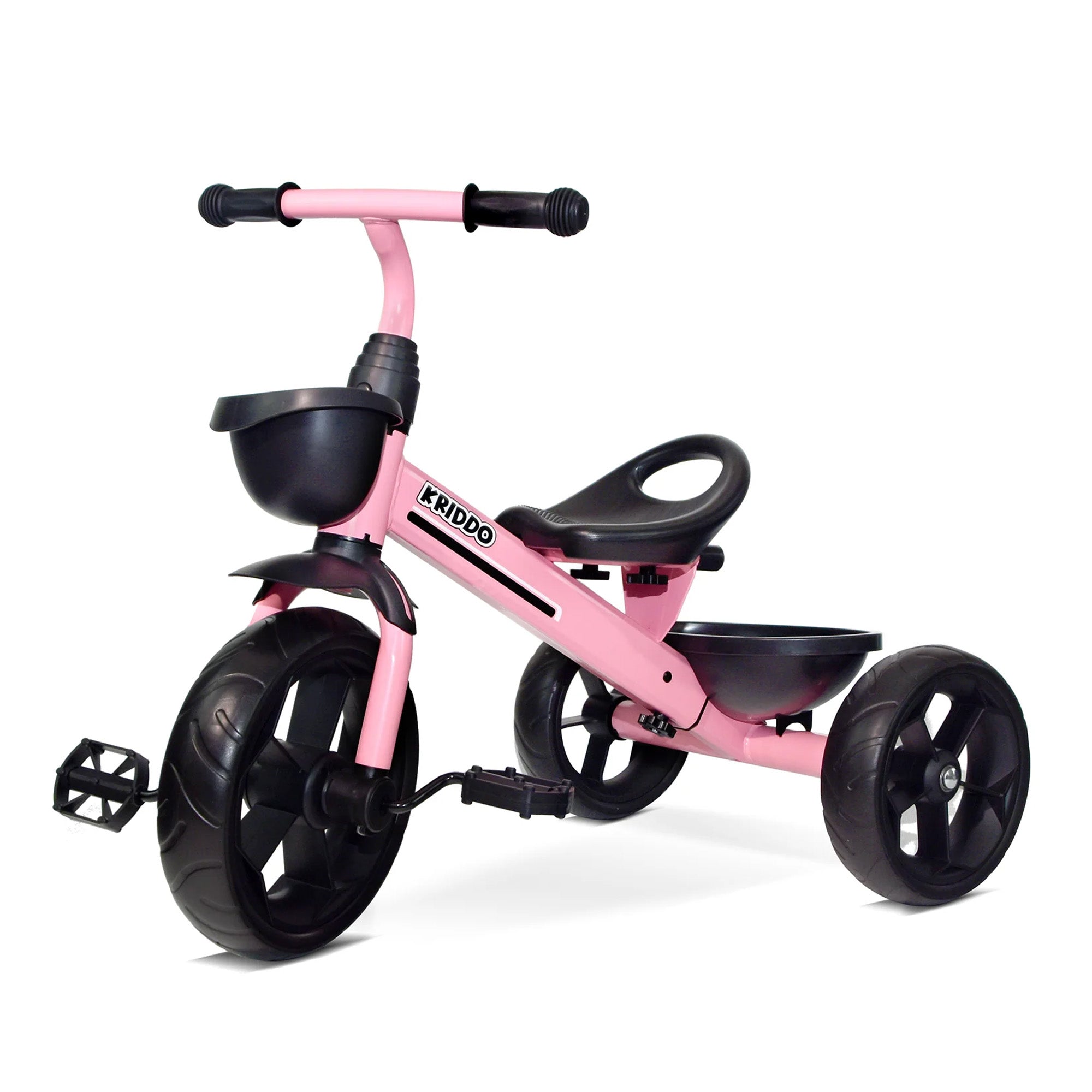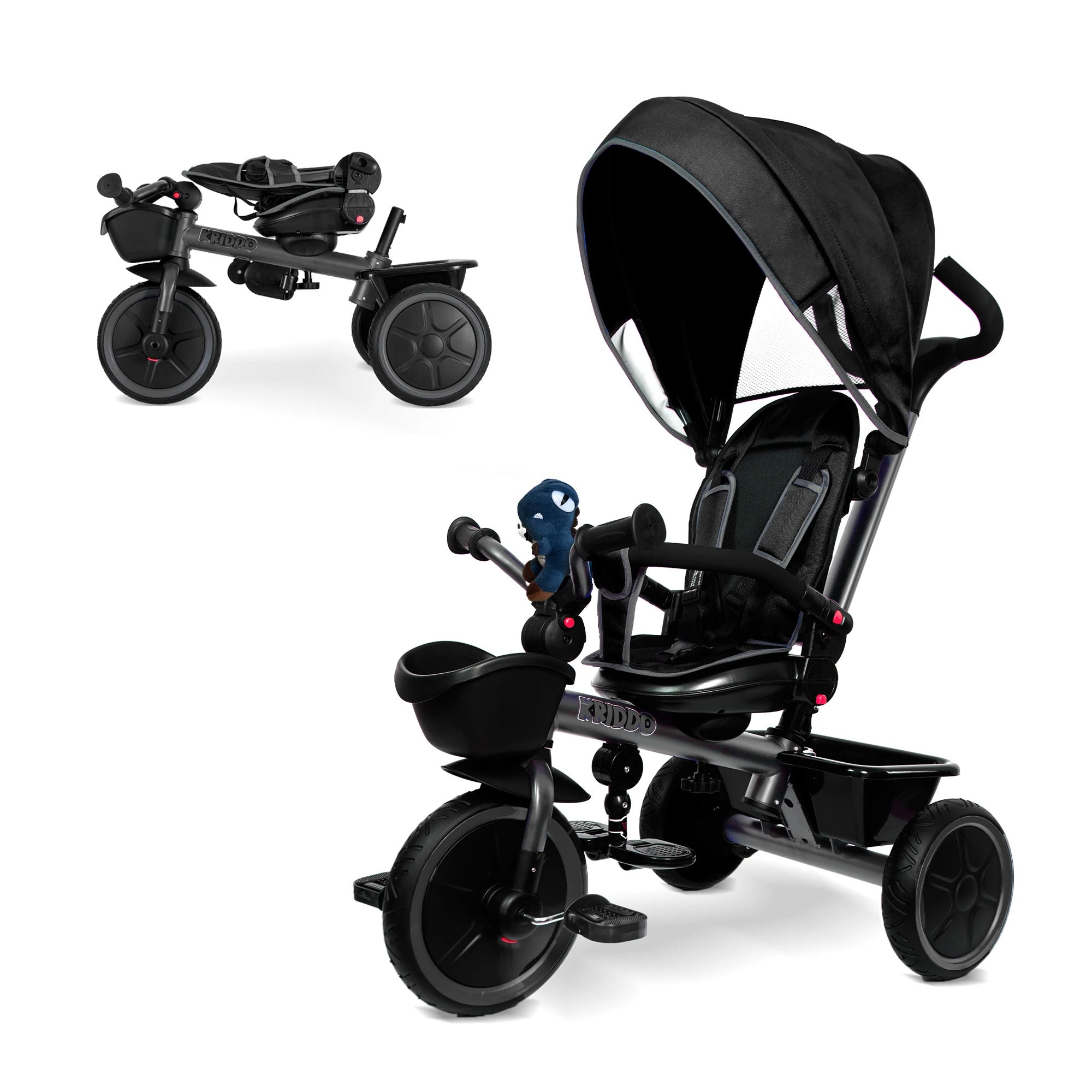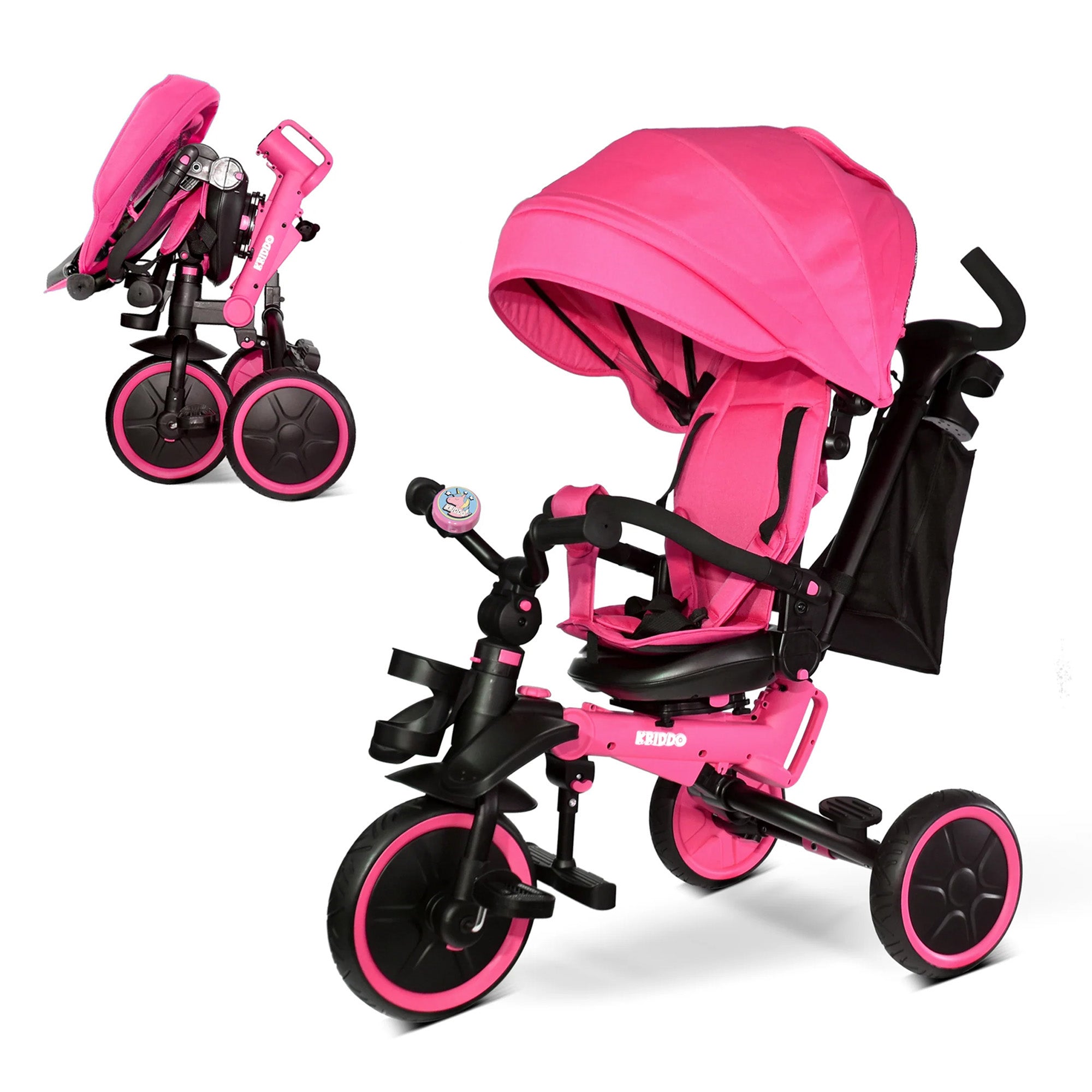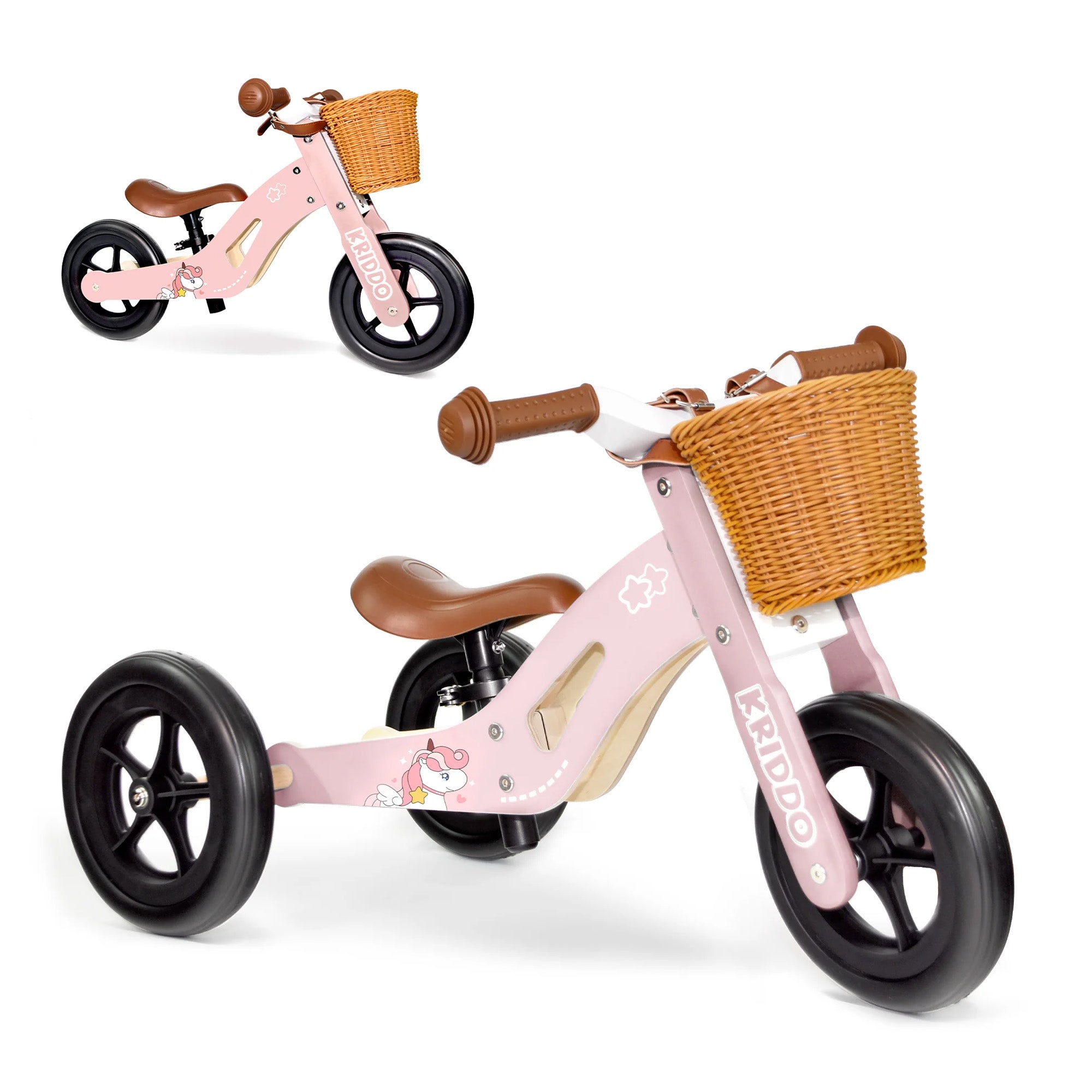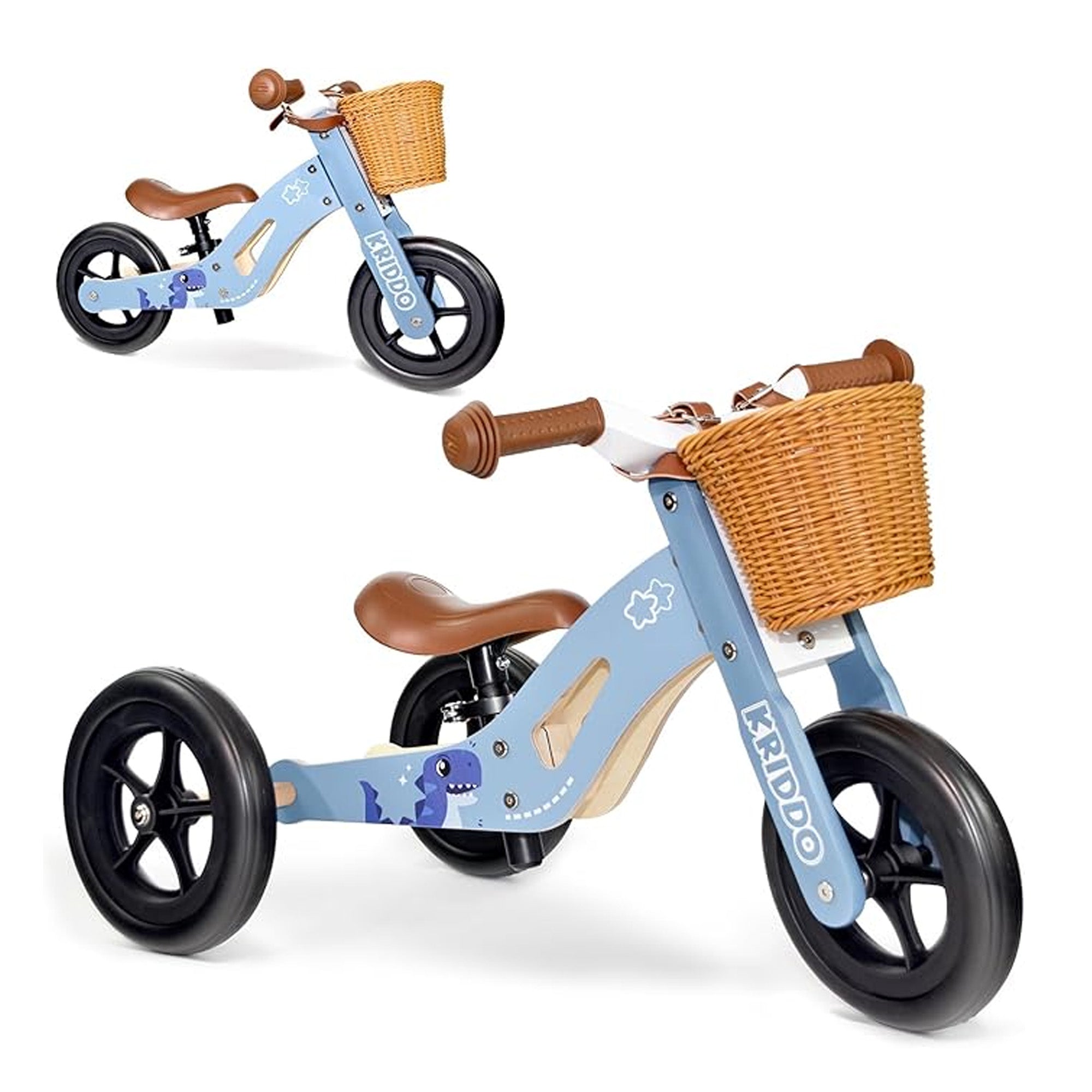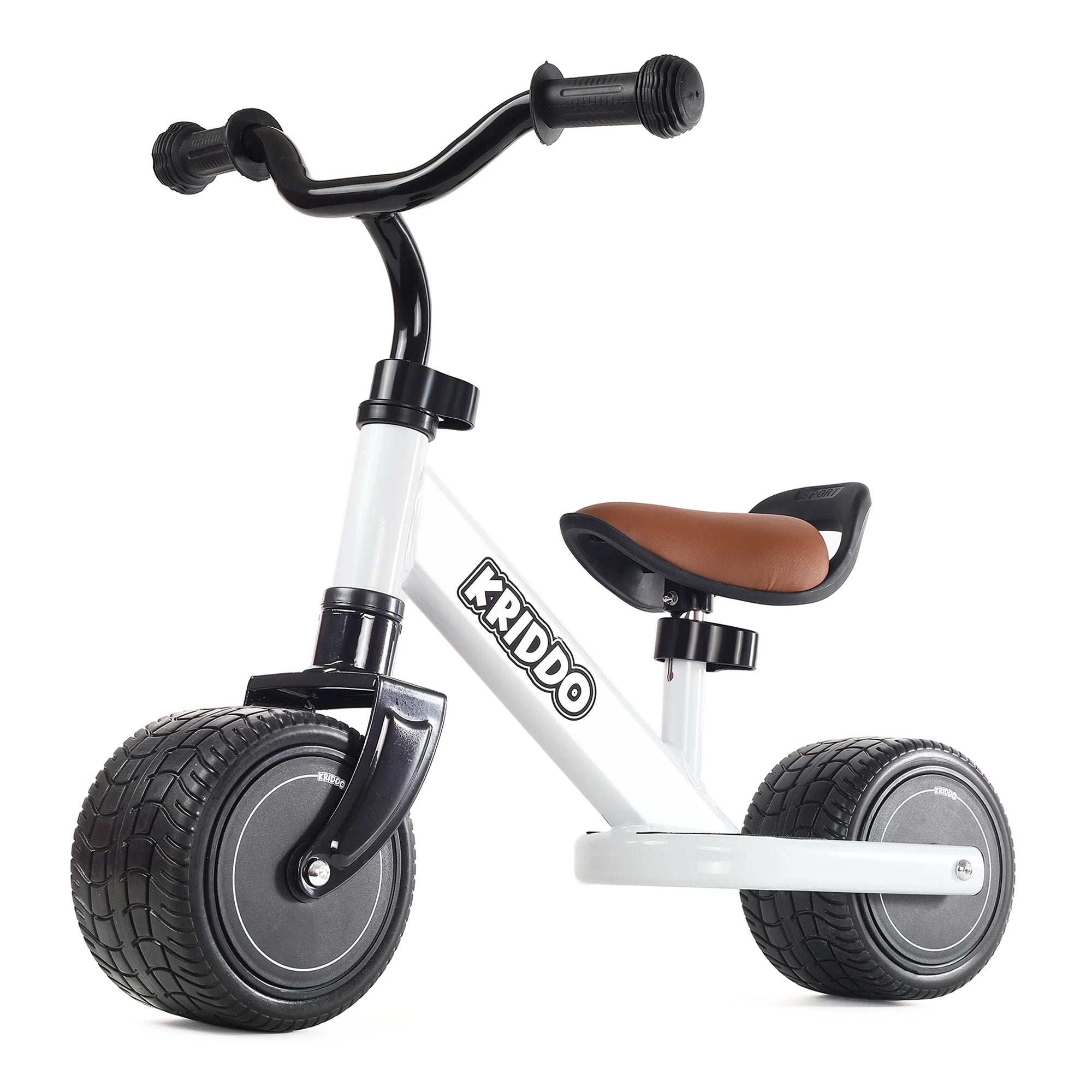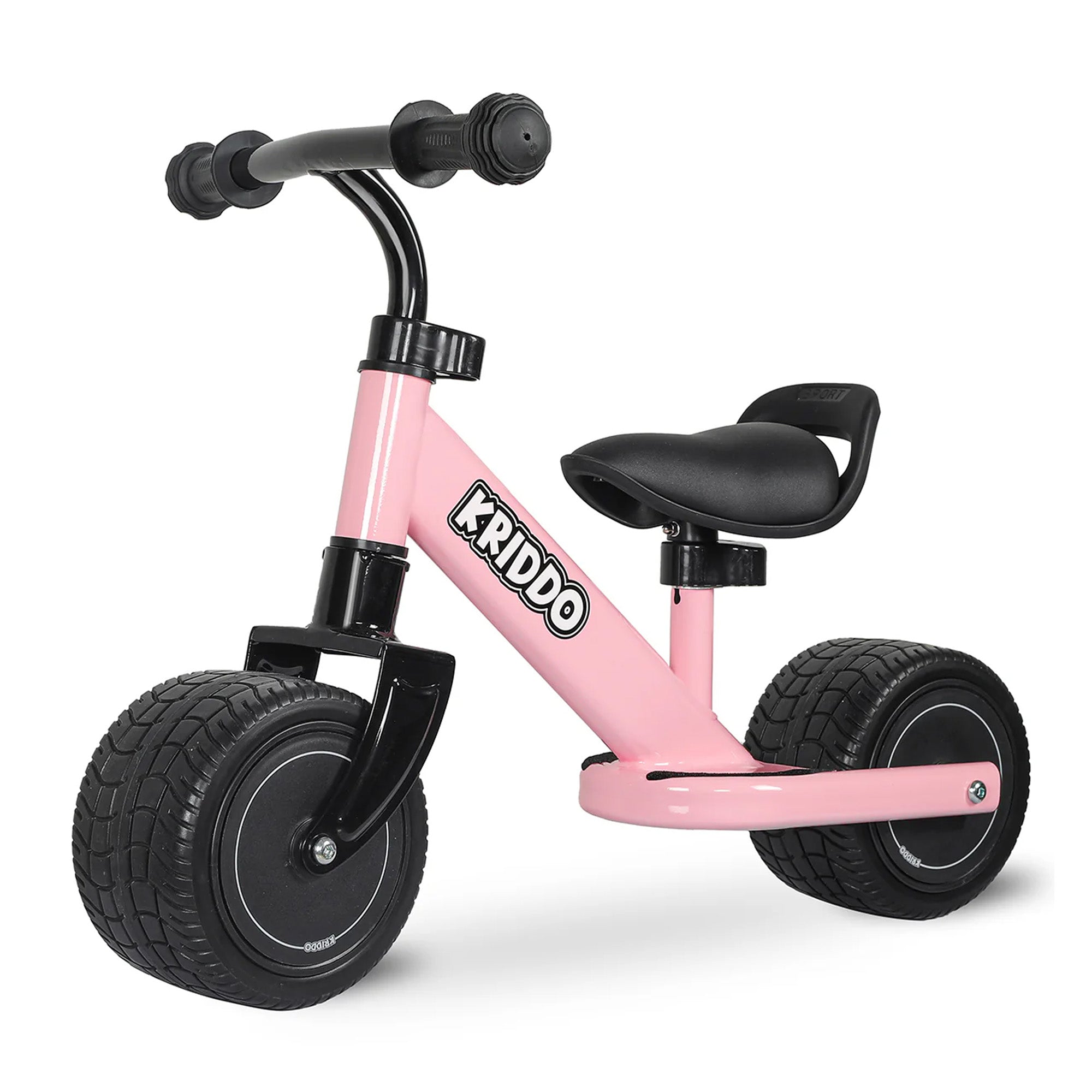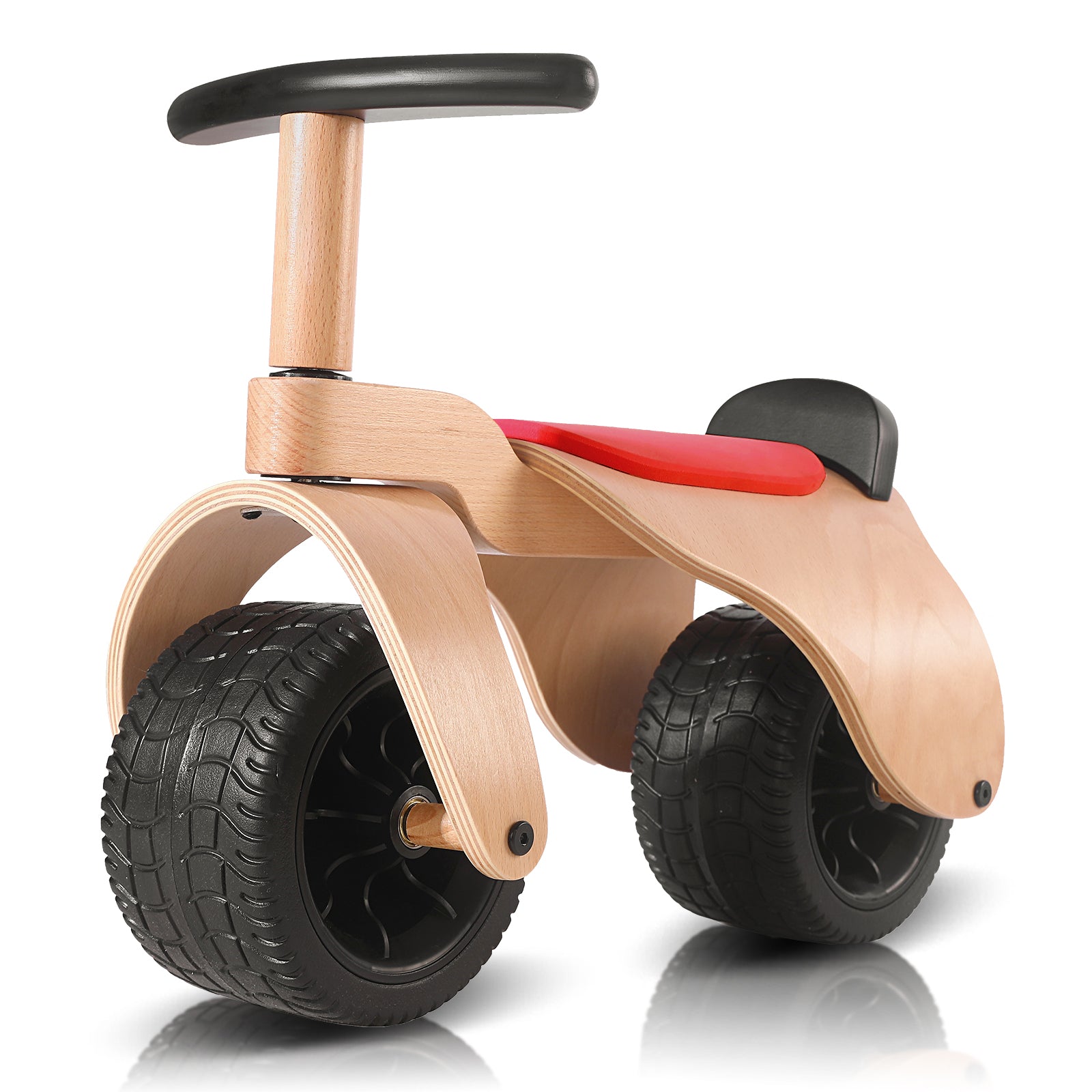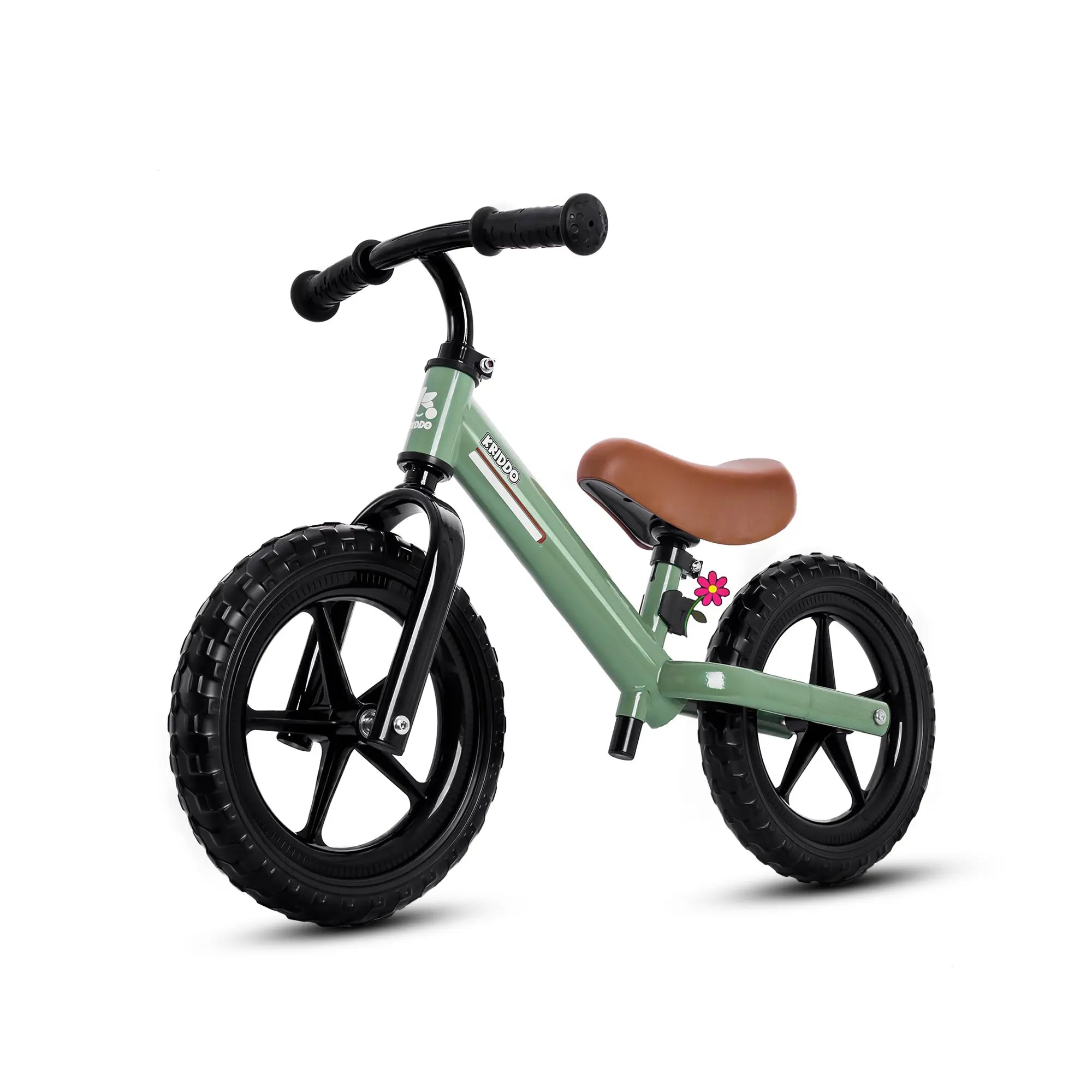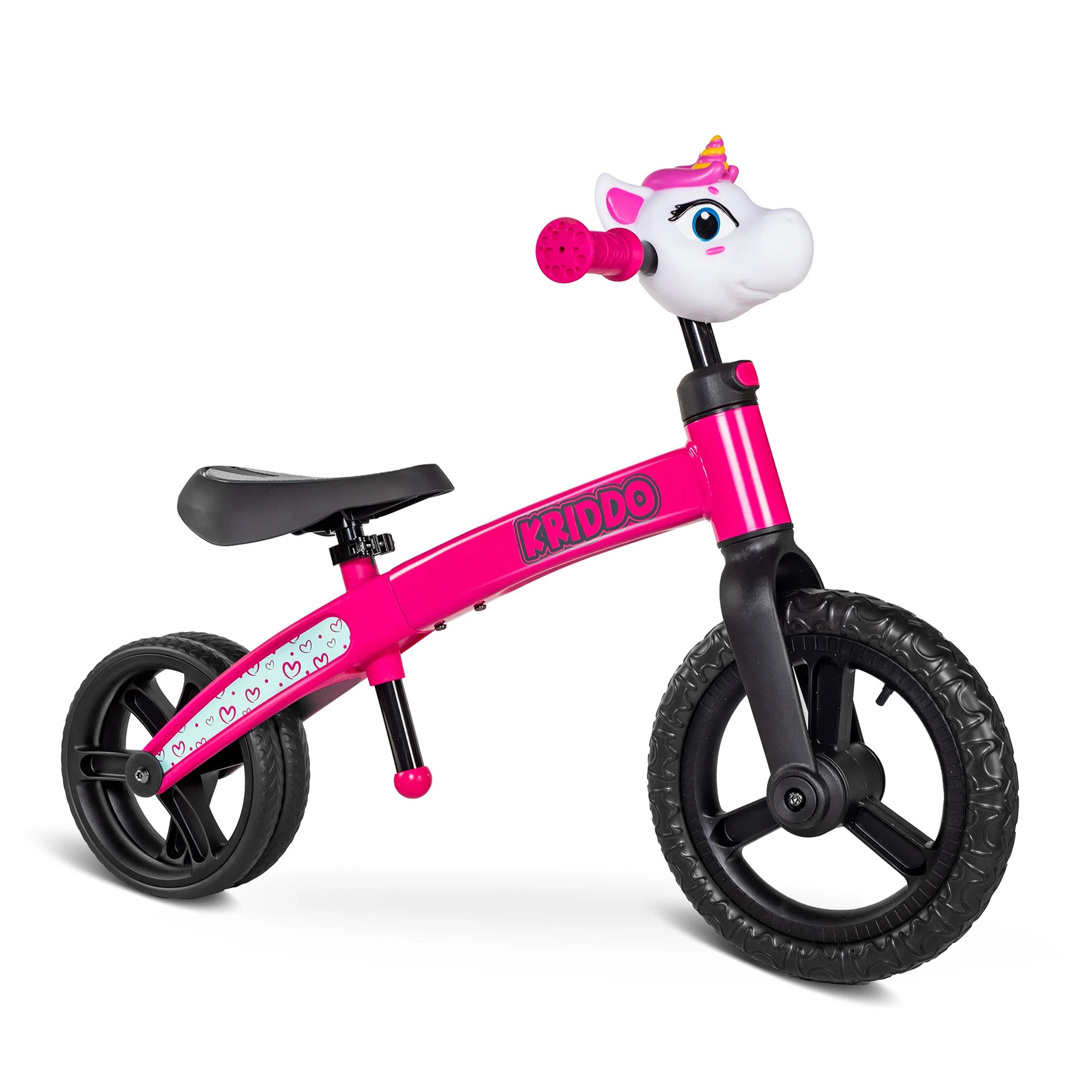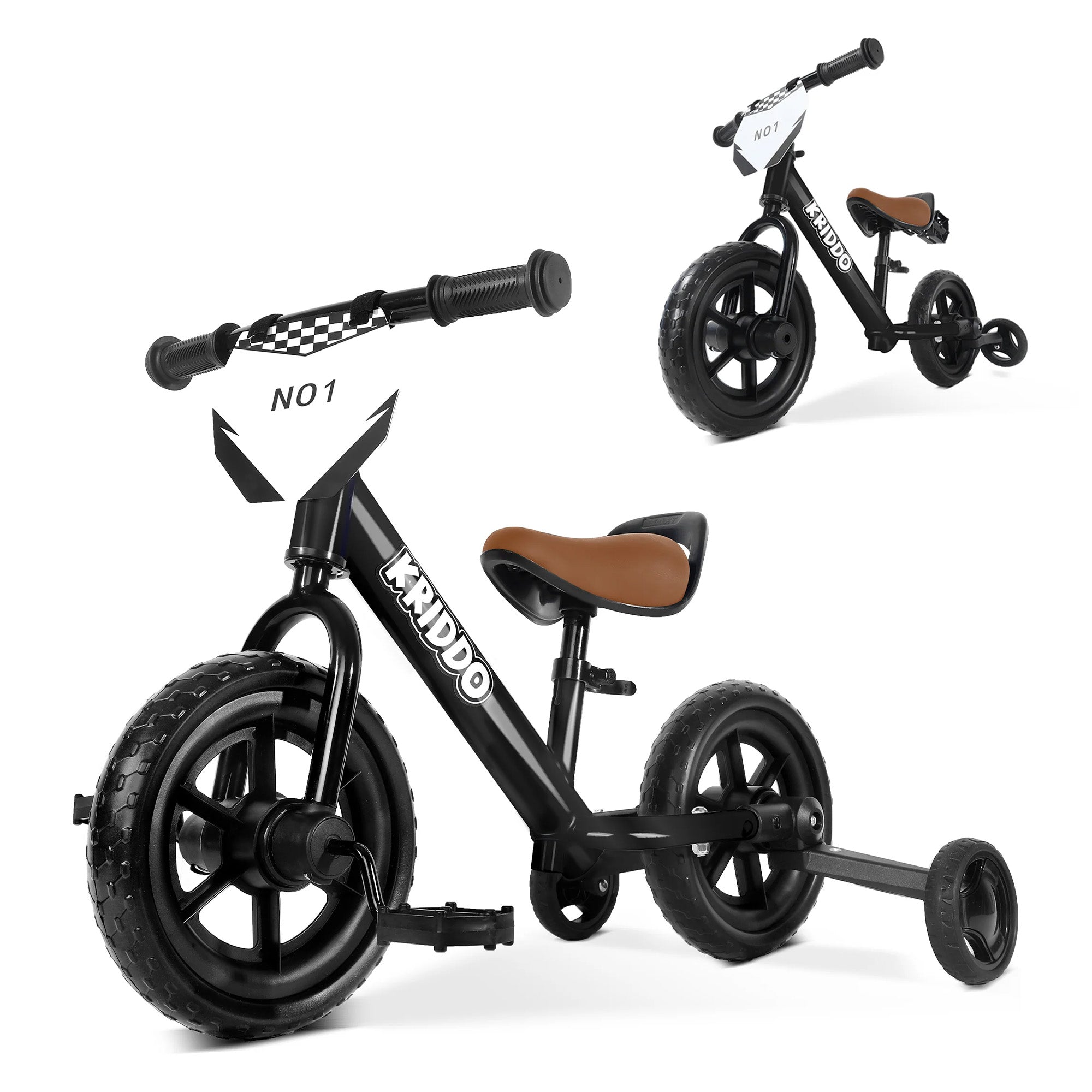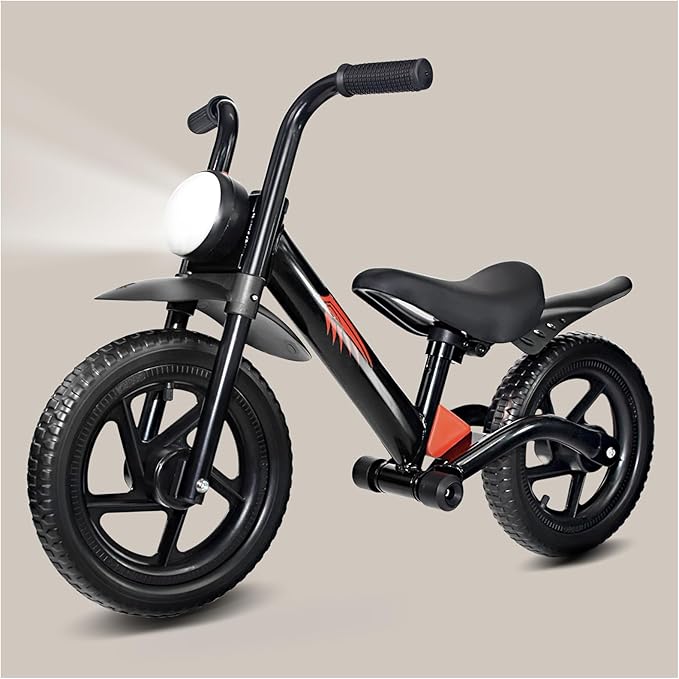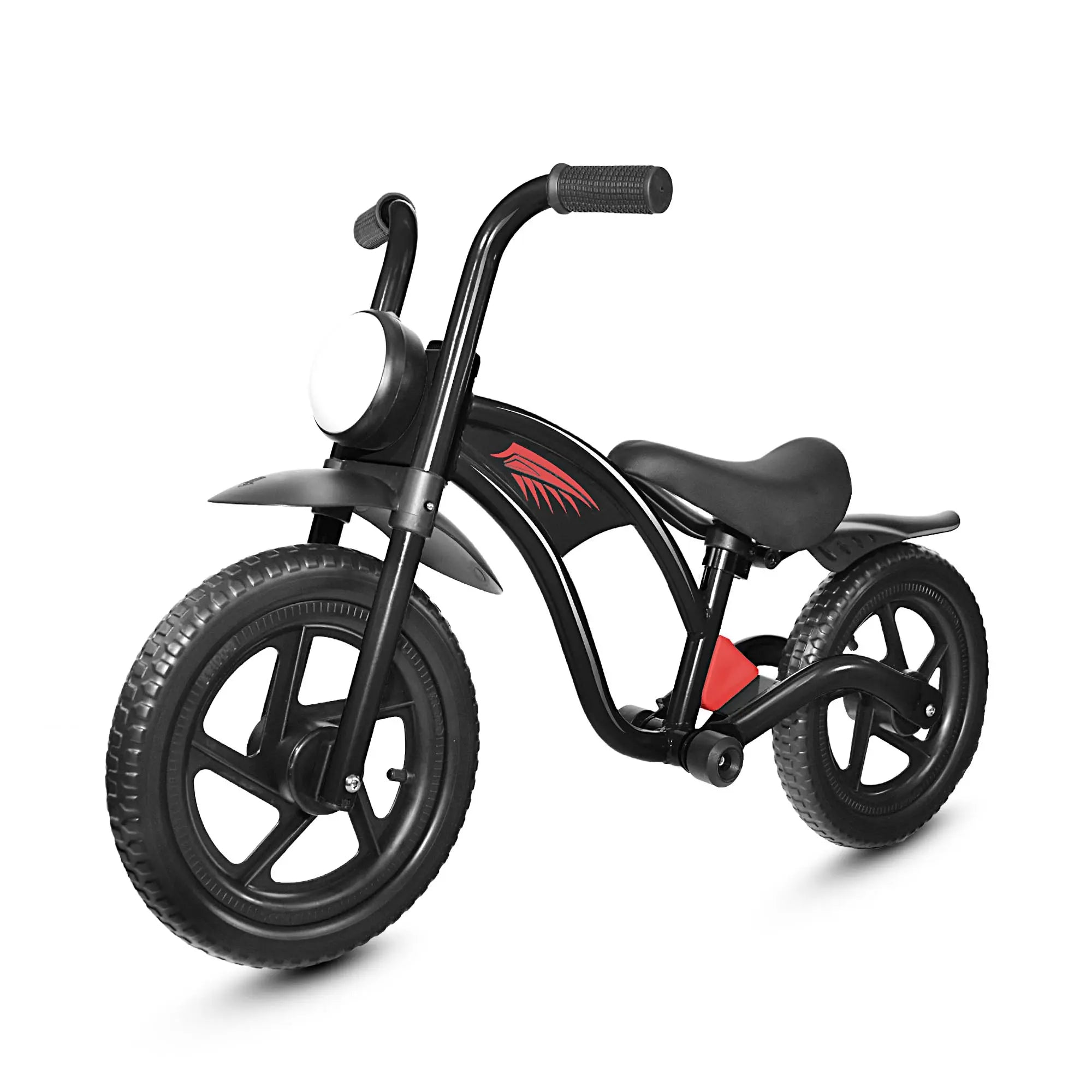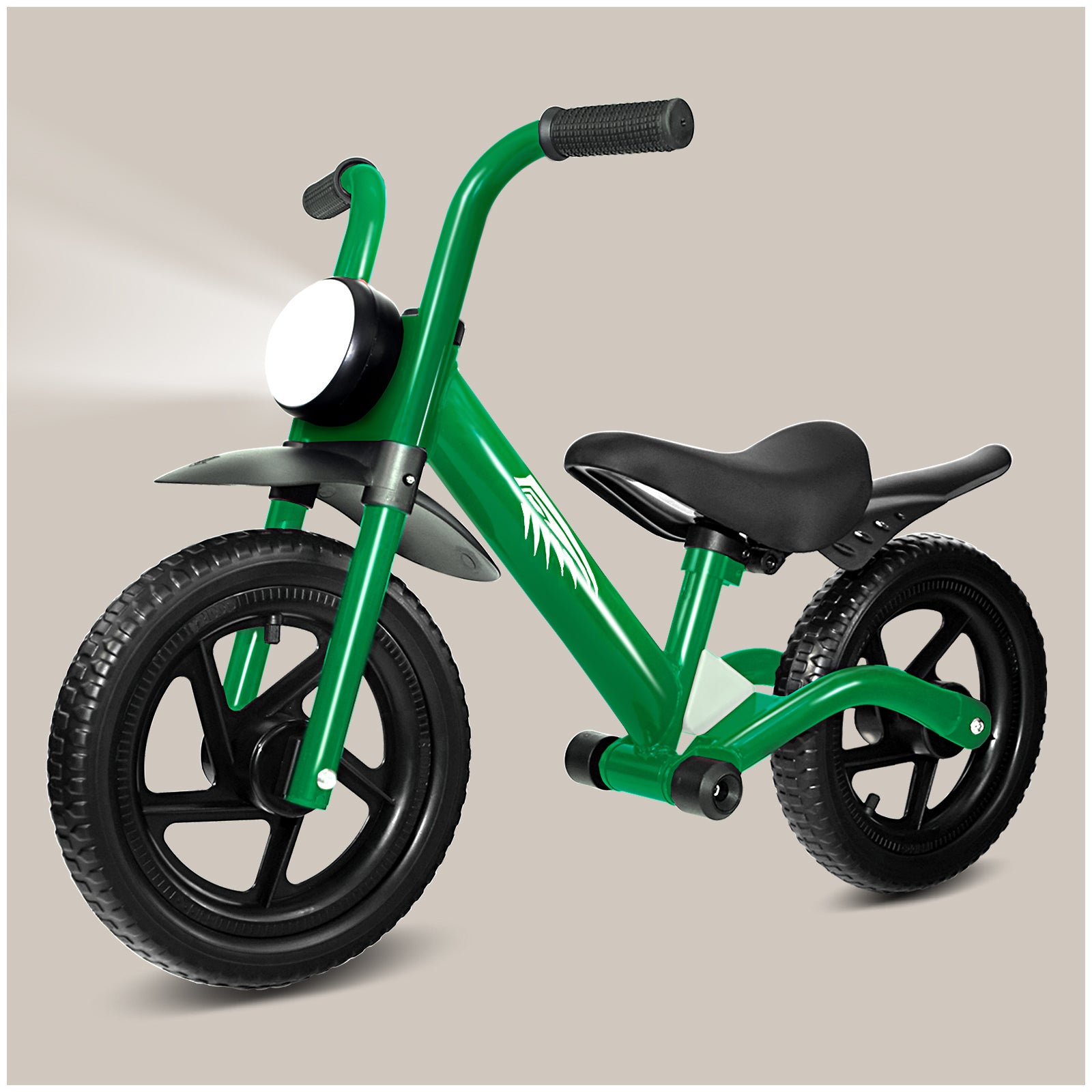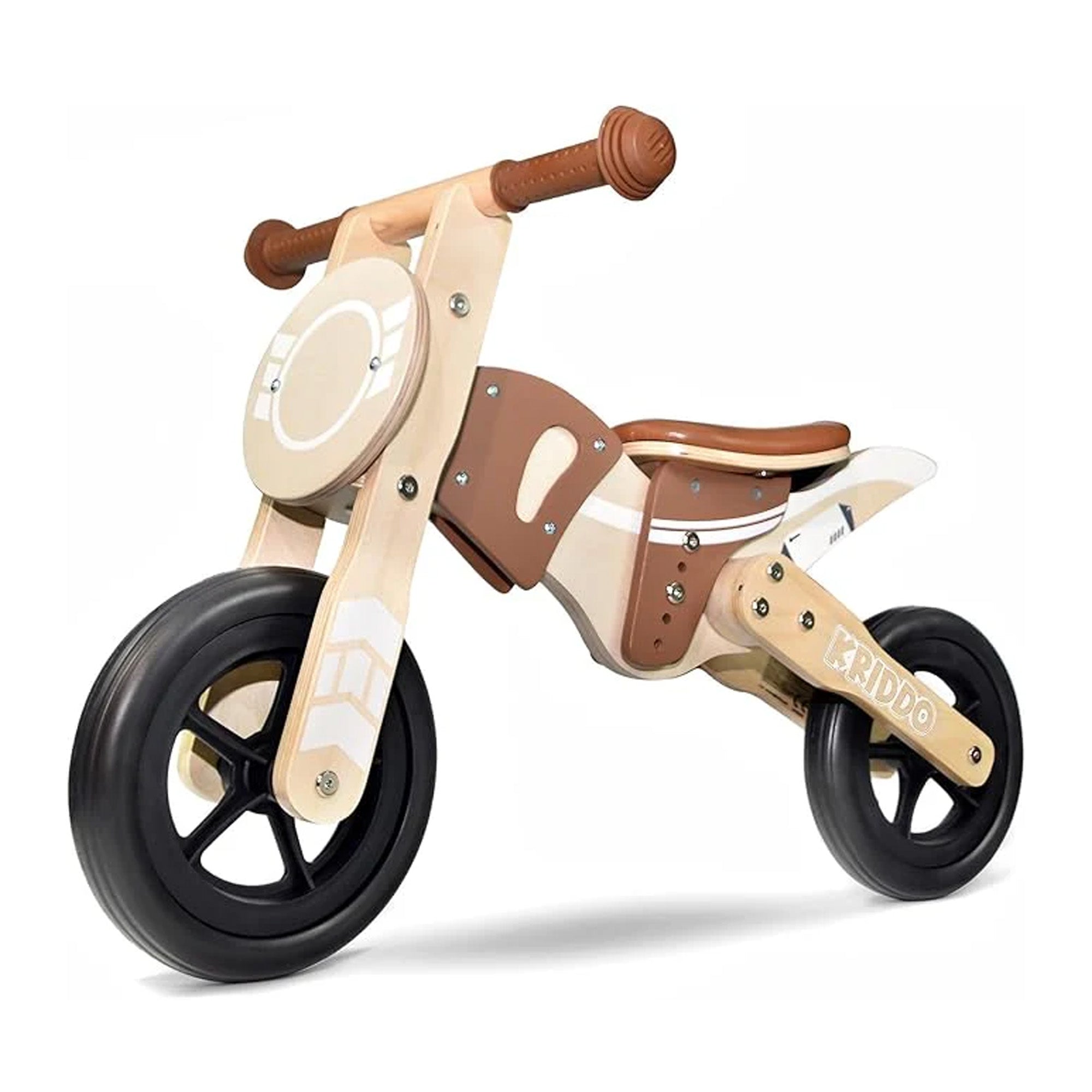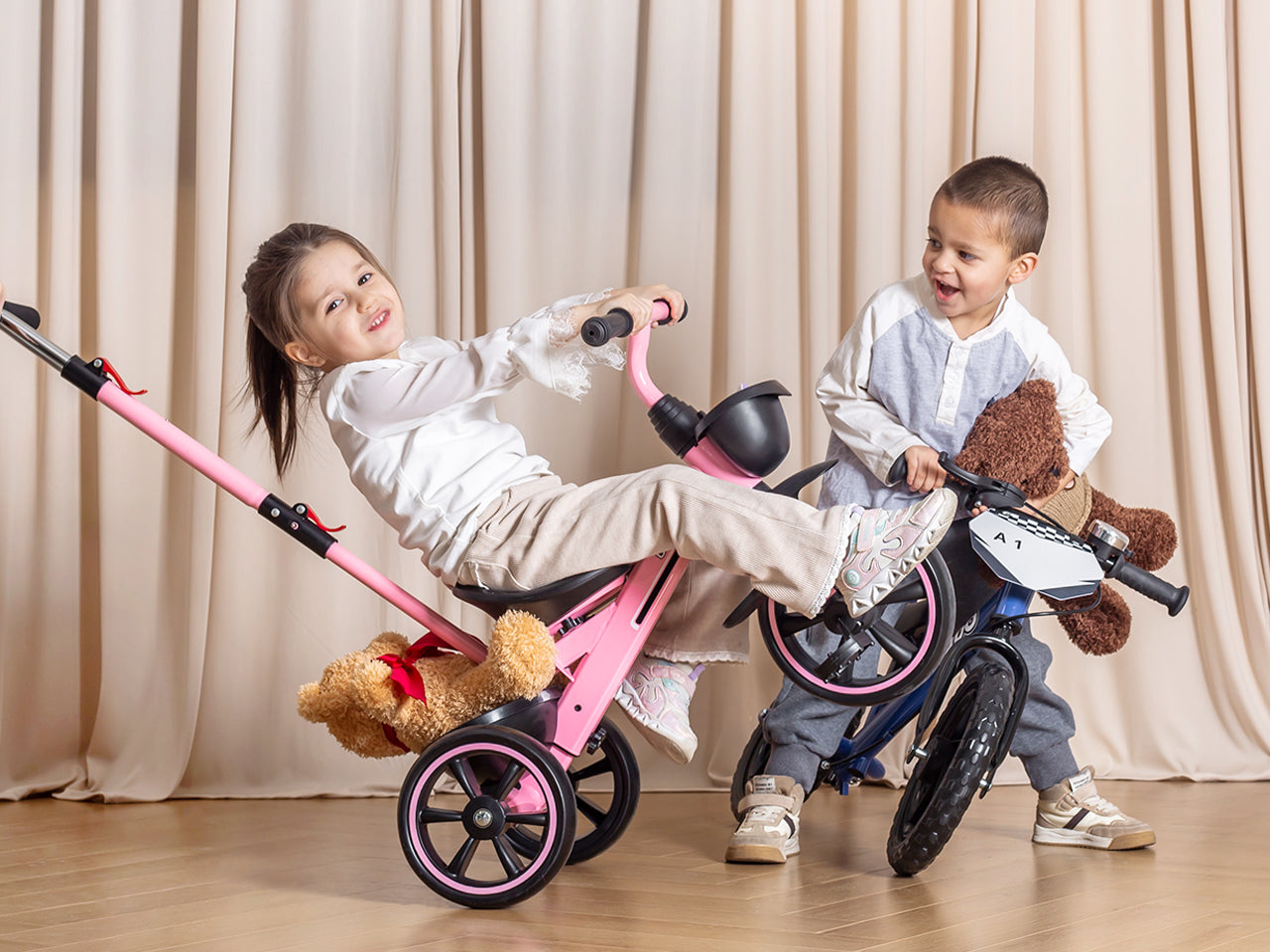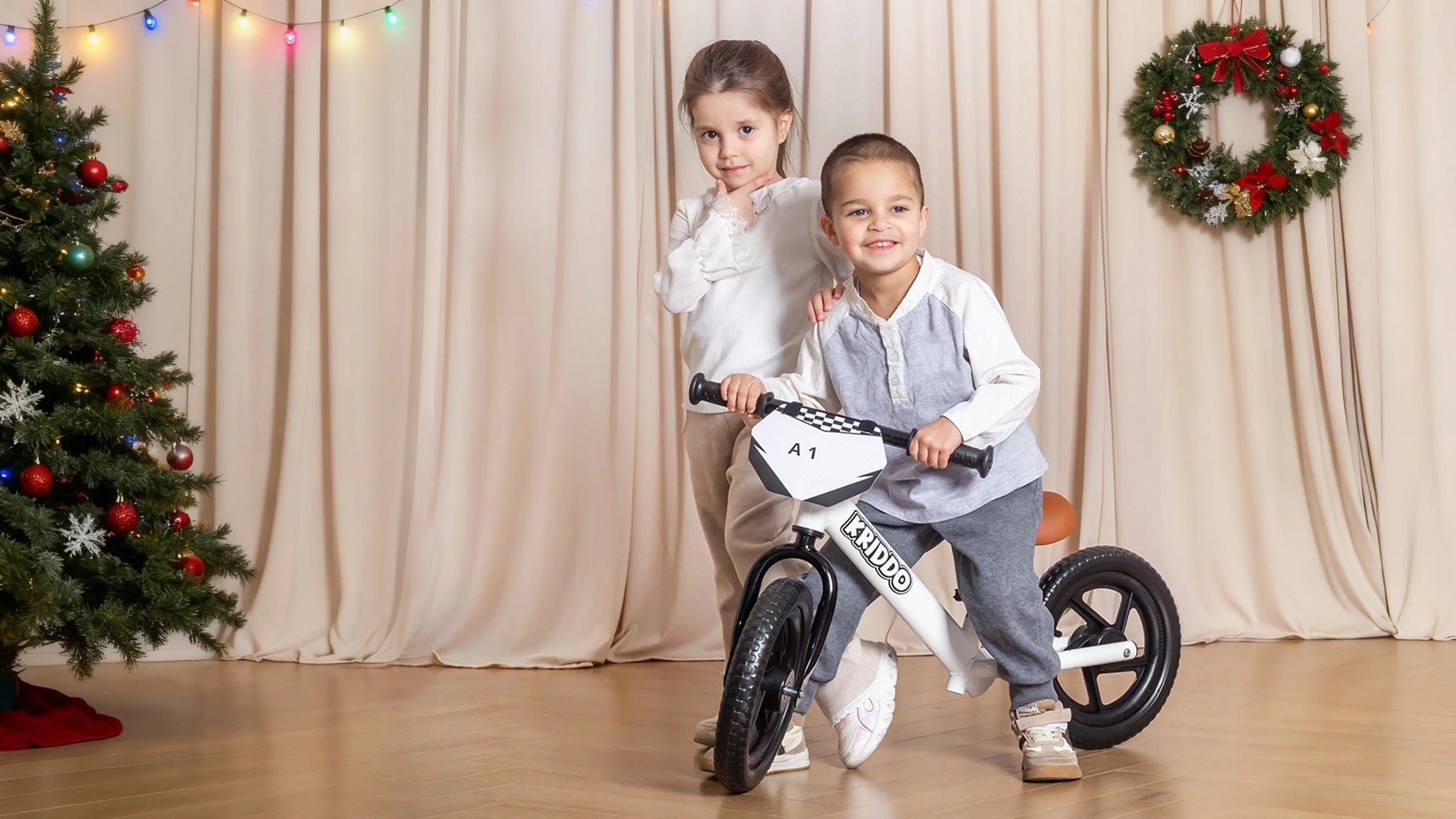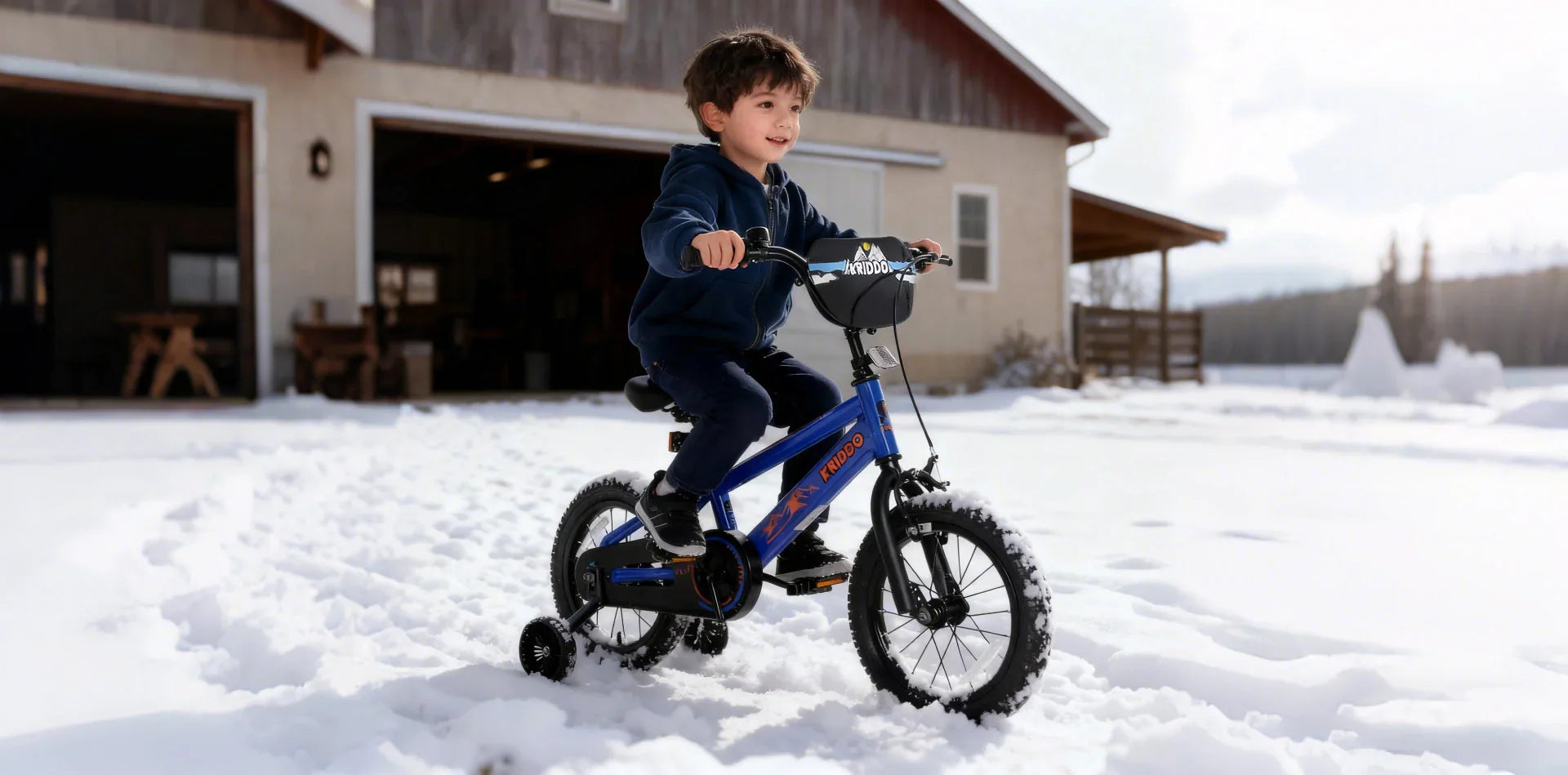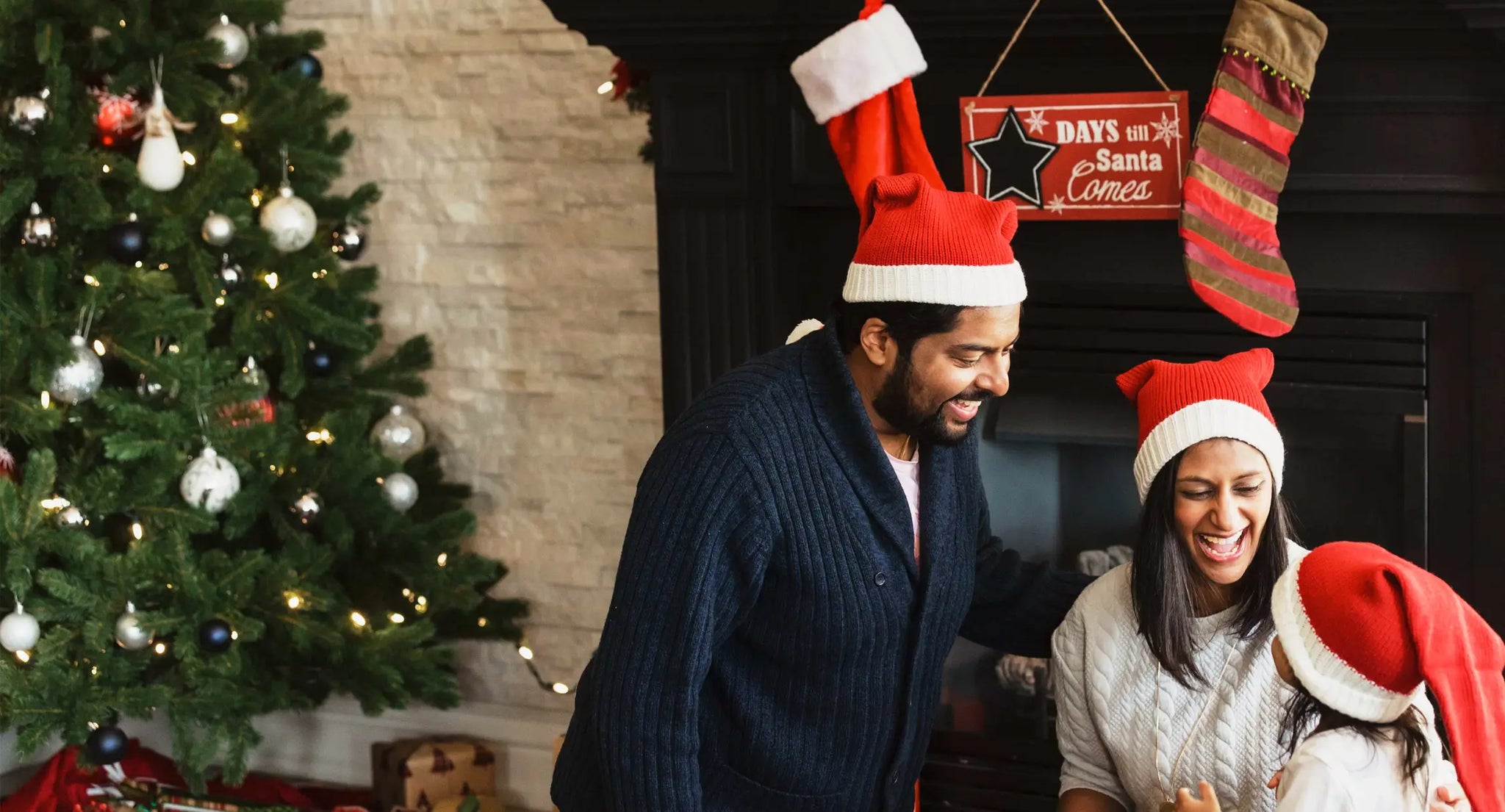Kids Bicycle Safety & Etiquette:
Raising Smart, Confident Riders
John | 14th, Aug
There’s something magical about the first time a child pedals away on their own—wobbly, grinning, maybe even shouting, “Look, no hands!” (Don’t worry, we’ll get to why that part’s not a good idea.) Cycling isn’t just about movement; it’s freedom, confidence, and a way to see the world on two wheels. But with that freedom comes responsibility—to ride safely and respectfully.
The truth is, teaching a child to ride isn’t just about balance and pedaling. It’s about setting them up with the right habits early, so they’ll carry those safety instincts for life. And yes, that means being the “boring” parent who insists on helmets and proper shoes… because one day, they’ll thank you for it.
Gear Up Like a Pro (Even if They’re Only 4 Feet Tall)

The right equipment isn’t just a nice-to-have—it’s your first line of defense against scrapes, bumps, and more serious injuries.
Helmet, always. No matter if it’s a quick ride around the driveway or a trip to the park, helmets are non-negotiable. Look for one that fits snugly, with straps adjusted to stay in place.
Bike size matters. A too-big bike can be as tricky as a skateboard on ice. When your child sits, their feet should touch the ground comfortably.
Match the bike to their skill level. Younger kids will find single-speed bikes far easier than fiddling with gears. Gears can come later, once they’re confident and steady.
Maintenance is part of the deal. Brakes, tire pressure, and chain tension—check them often. Think of it like brushing teeth: small effort, big payoff.
Quality matters. Cheap bikes can be harder to control and less durable, which means more headaches for you and less confidence for them.
If you’re looking for a sturdy, age-appropriate ride, the KRIDDO 14 inch bike and 16 inch bike are worth a look. Adjustable seats, training wheels, and safety-first designs mean they grow with your child instead of becoming garage clutter.
Be Seen, Be Safe
Kids are smaller and harder to spot, especially in traffic. That means visibility is just as important as balance.
Bright or reflective clothing isn’t just for night; even daylight rides benefit from bold colors.
Skip the dusk rides if possible. If your child must ride early morning or evening, make sure they have lights and reflectors.
Speaking of reflectors—the KRIDDO models come with front, rear, and wheel reflectors, which is a huge plus for those shorter winter days.
Here’s something many parents forget: cars don’t just notice color—they notice movement. Reflective ankle bands or wheel lights add that extra eye-catching motion that can mean the difference between being seen and being overlooked.
Riding Etiquette: It’s Not Just for Adults
You can teach a child to balance in a day, but road etiquette takes a little longer—and that’s okay.
Hands stay on the handlebars—books, snacks, and random treasures go in a basket or backpack.
One rider per bike. Always. (Yes, even if it’s “just around the block.”)
No headphones. If they can’t hear cars, they can’t react to them.
And yes, hand signals matter—even for young riders:
Left turn: left arm straight out
Right turn: right arm straight out or left arm bent upward
Stop: left arm bent downward
It’s like learning another language, only this one keeps everyone safer.
Bonus tip: make practicing hand signals into a game—they’ll remember them better.
Understanding the Road (and the Rules)

For most children under 10, the sidewalk is still the safest bet. But if your little rider is ready for the road, here’s what they should know:
Always ride in the same direction as traffic—never against it.
Stop fully at intersections, check left, right, and left again.
Make eye contact with drivers before crossing; if you can’t, assume they haven’t seen you.
Crosswalks aren’t racetracks—kids should walk their bikes across.
Obey all traffic lights, street signs, and pedestrian signals.
It’s also worth pointing out that driveways and parking lots can be just as risky as streets. Cars often reverse without seeing small riders, so teach your child to slow down and check before passing behind parked vehicles.
See the World From Their Perspective
It’s easy to forget how different the world looks from a child’s height. A parked SUV might block their entire view of the street. Their depth perception and reaction time? Still developing. That’s why supervised rides on quieter streets are more than “just practice”—they’re crucial training.
You might notice:
Younger kids often misjudge how fast a car is approaching.
Even at 12, their peripheral vision isn’t as wide as an adult’s.
Distractions—dogs, ice cream trucks, cool leaves—can pull their focus instantly.
Riding with them gives you a chance to spot risky behavior early and teach safer habits in real time. And yes, it can be fun—you get to share in their excitement while reinforcing the skills that will keep them safe.
Making It Theirs
A child’s bike isn’t just transportation—it’s a badge of independence. Custom touches help them feel ownership and pride. The KRIDDO bikes even come with a DIY sticker set, a personalized nameplate, and a classic bell—small details that can make them more excited to ride (and therefore more willing to practice those safety tips you’ve been drilling into them).
Encouraging personalization also gives you an excuse to do regular check-ups together. Adjust the seat, add a new reflector, swap out a worn brake pad—it’s bonding time disguised as maintenance.
Encouraging Confidence Without Taking Risks

Confidence grows with experience, but experience should be earned in safe spaces first. Start with smooth, open areas—schoolyards, quiet residential streets, or bike paths. Gradually introduce more complex situations, like intersections or shared trails.
The trick is to challenge them just enough to keep learning, without pushing them into situations they can’t yet handle. Remember: overconfidence can be just as risky as inexperience.
Final Thought
A kids bicycle is more than metal and wheels—it’s a tool for growth, independence, and joy. When paired with the right etiquette and safety habits, it can also be a lifelong ticket to healthy, confident living.
So the next time you watch your child push off, helmet snug and reflectors shining, you can feel that mix of pride and peace of mind. Because really, isn’t that the ride we’re all aiming for? The one where they’re safe, happy, and just a little bit unstoppable.
Featured Products








